As we mentioned earlier, there are many companies in Silicon Valley that are facing these challenges head-on, and adopting service design as a core competency in their organisations. But this adoption of service design has yet to become the norm. Silicon Valley is still a place built on delivering value through product-focused touchpoints. How do we help create adoption of service design practices in organisations that are struggling to even understand how their products are becoming services?
Facing the challenge
We have to help our organisations understand a services mindset: not just the customer experience, but the internal business experience side of it as well. We do this through introducing core concepts, terminology and methods and tying those to the heart of the business in a tangible way. This will help us adopt a more end-to-end customer-experience mindset across our service experiences and allow us to build organisational bridges between touchpoints in a holistic way and to consider the variety of paths by which a customer can travel through a multi-channel space of a service experience. In this way, we can create customer experience that is seamless and navigable and organisation structure that supports the design of and transition between touchpoints to meet customer needs and expectations at each phase of the journey.
We also have to help our organisations to see the path of transformation from products to services and to understand what this might mean for managing both customer experience, as well as business process. This may mean leveraging service management practices, facilitating cross-functional collaboration by acting as internal consultants and establishing new lines of communications internally within the company.
This will require new roles to emerge that will take responsibility for designing service experience across the service ecosystem, roles that are accountable for end-to-end customer experience across the organisation. These new roles will help align internal, touchpoint- specific teams to the overall customer journey.
Lastly, we have to help our colleagues build capability for integrating service design into their day-to-day work. This means enabling them through developing shared terminology, frameworks and methodologies that embody a services-based approach. It means empowering them to utilise service design practices and helping them integrate their work into a broader context.
The time is now
The need for service design is being driven by a combination of customer expectations and organisational growth. Customers are now expecting that companies serve them in more ways than just offering products and, to meet this demand, companies are now producing a more diverse ecosystem of offerings for their customers to interact with. This expansion of both customer expectation as well as company offerings is only going to accelerate: it’s a part of the trend towards personalisation and the ‘customised service’ economy.
Much as, over the last decade, we have seen a transition of UX as differentiator to UX as requirement, we believe that service design is poised to be the next big differentiator in tech. As the medium of brands is becoming more and more irrelevant, the only thing customers will attach to our names to is the service we provide.
But companies should not feel like they have to reinvent the wheel. Technology companies can benefit from looking to and adapting the ‘design-for-service’ practices of mature service-oriented industries, such healthcare, finance and hospitality that have already embraced service design at the core of their business. By co-opting practices from these service sectors, tech companies can gain a huge head-start in developing internal services infrastructures to meet the challenges that lie ahead.
Empowering the future
For Silicon Valley to adopt service design, we have to make the space and empower our organisations. Designers have to be empowered to extend the reach of what it means to design to include the things that happen in the gaps between touchpoints. Companies have to be empowered to recognise the larger picture they are creating and place people into roles that can help design for the experience of that larger picture. And, most of all, leaders have to be empowered to allow these changes to take place and to have the courage to embrace the future of technology as a service.
The future of Silicon Valley is not about technology. In a place of boundless inspiration, innovation and invention, we have the responsibility to introduce the new normal. To create a future where the value we provide is no longer derived solely from the products that we build, but from the service that we perform for our customers.


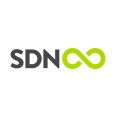
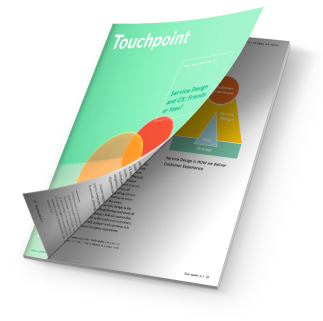
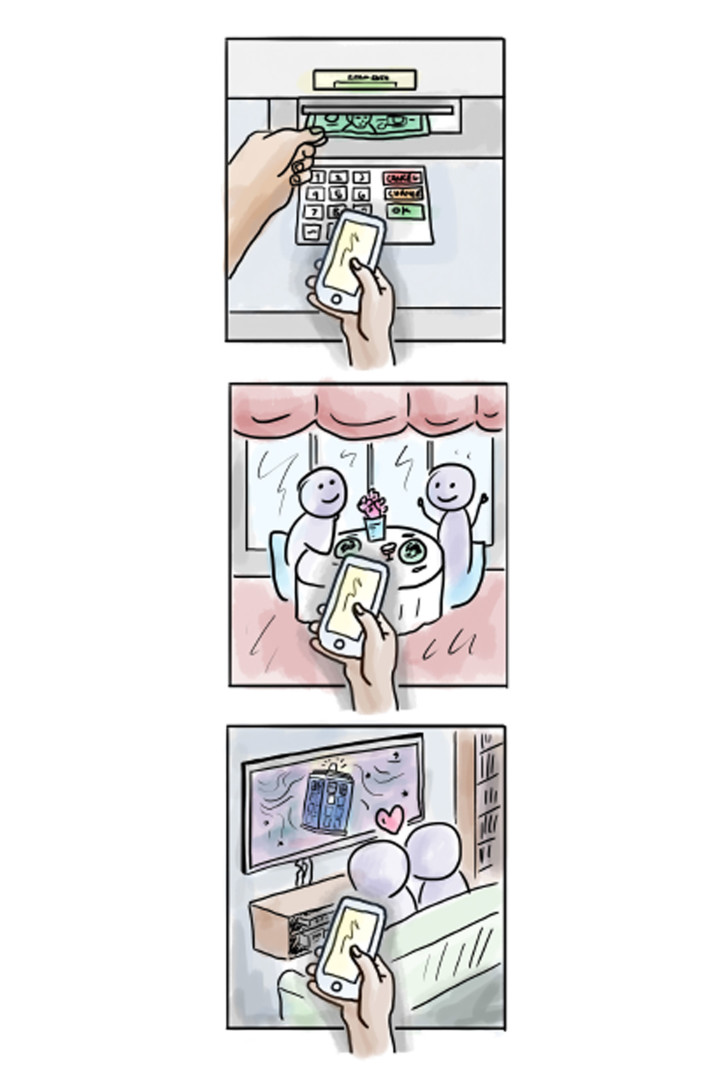
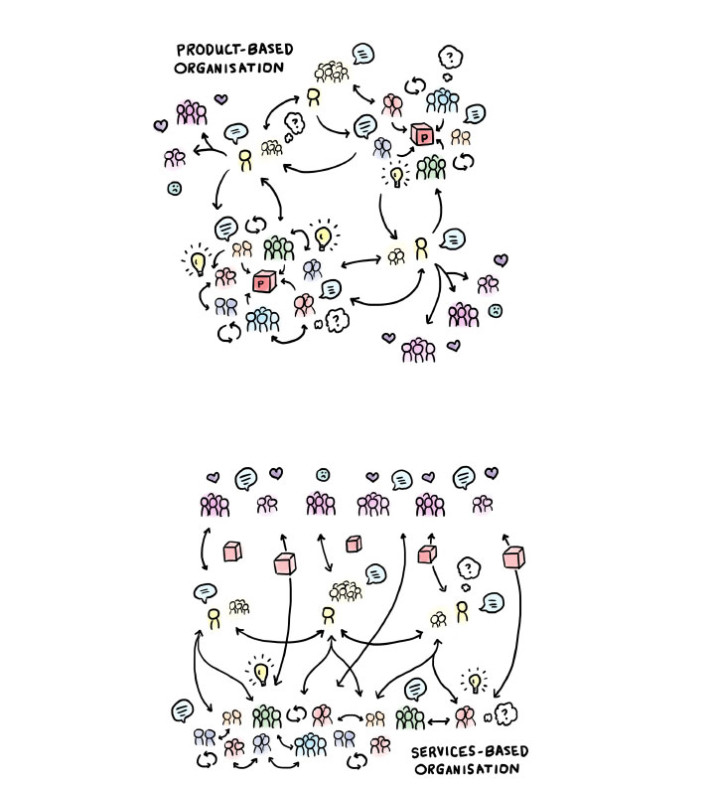
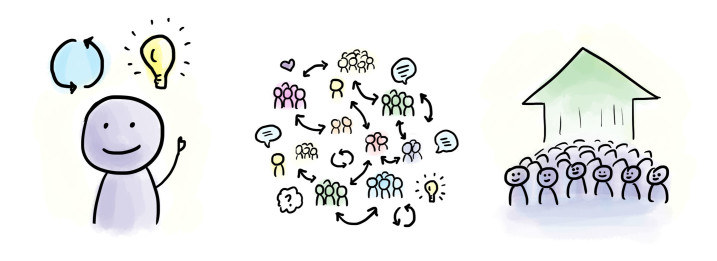


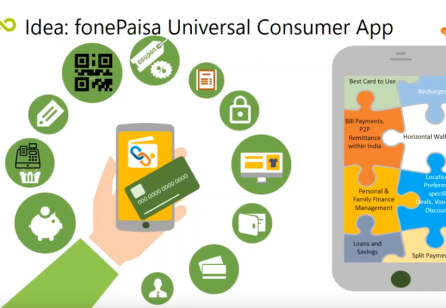
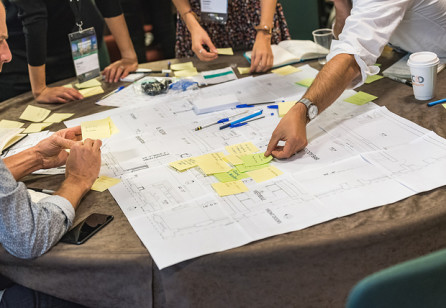
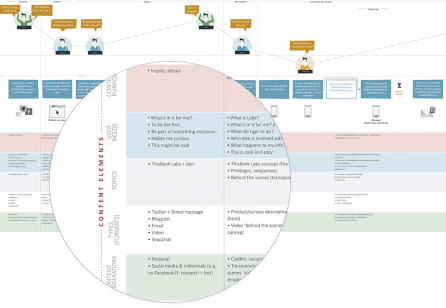
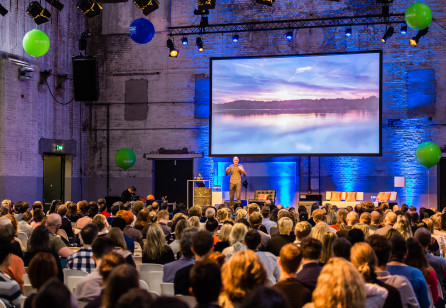

Share your thoughts
0 RepliesPlease login to comment